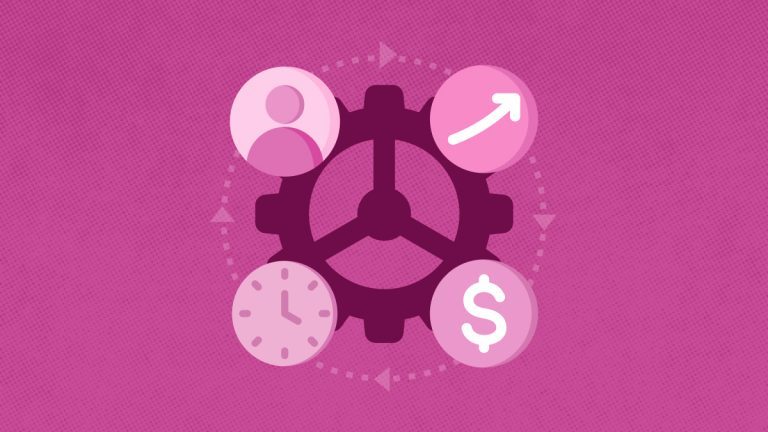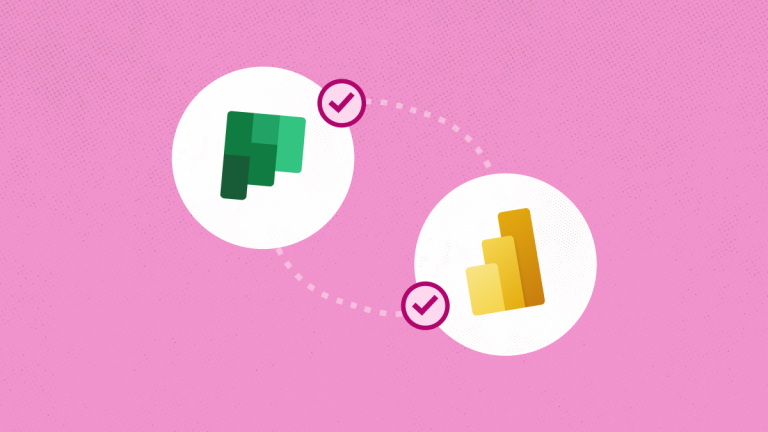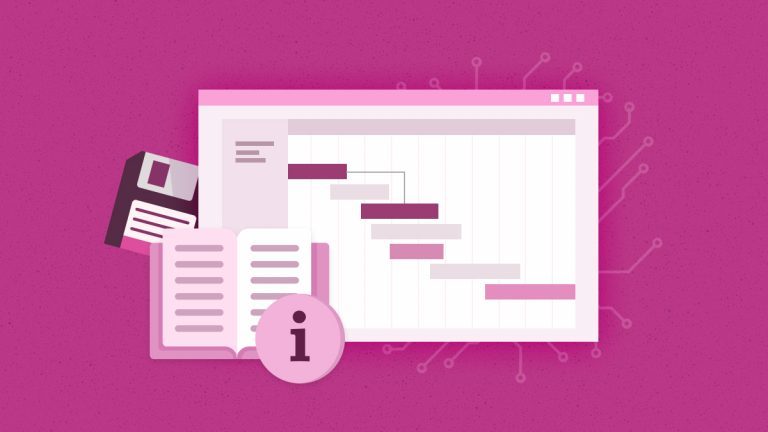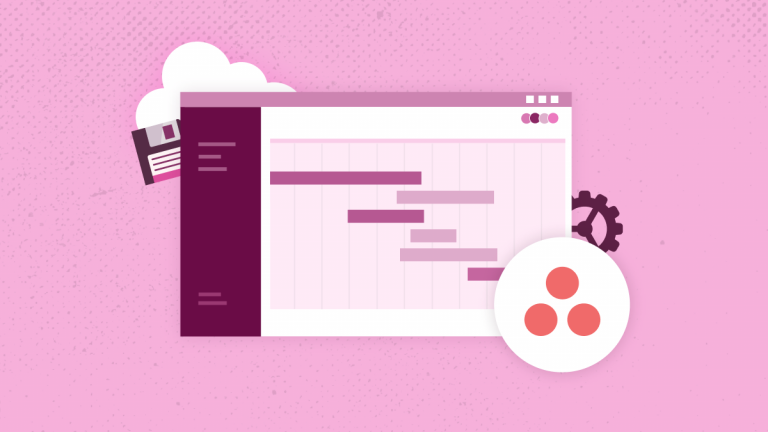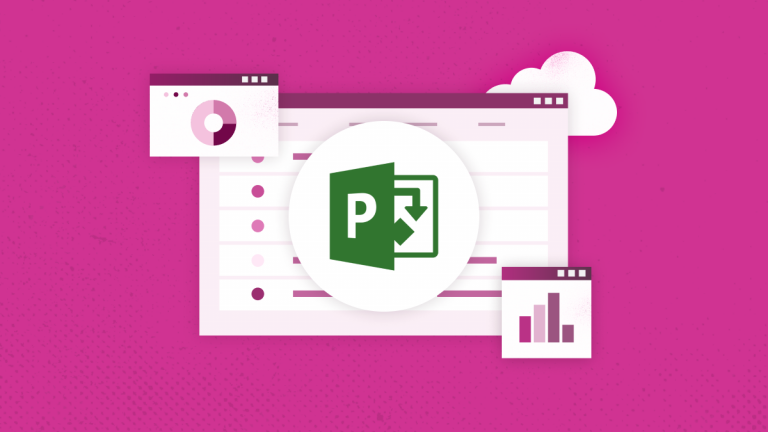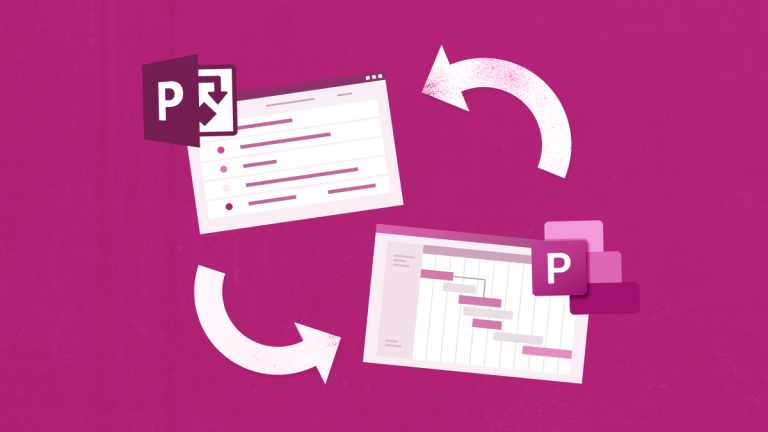
Anna Shalomova
PPM Consultant
Like any innovation, the introduction of a new approach and toolbox, such as Microsoft Project Online adoption and implementation, at the very beginning is seen as the “make everything great” magic button. But if you assume that the work is to stop there, then you will be disappointed. Implementing PPM standard instructions and templates is not enough for all projects to be conducted in a new way, efficiently, and without conflicts. As a rule, in cases where the initiators of the implementation do not think about post-implementation, a negative reaction often occurs. Some of the working processes are distorted, and real work stops.
Role of PMO
Project Management Office is a division that coordinates and “unifies” the information and centralizes projects attached to it. Conducts consolidated monitoring of budgets and project portfolio schedules, provides communication between various group portfolios; provides a coordinated work of portfolio project managers on the standardization of project quality. For a successful post-implementation of the planning system, the PMO should consider:
- Reducing the duration of project cycles. The greatest benefit comes from applying a systematic approach, studying and eliminating constraints, and evaluating projects;
- Promoting the correct choice of the composition of simultaneously executed projects. An effective PMO creates the conditions for a comprehensive and interconnected implementation of projects.
- Contributes to the organization of strategic planning and project management processes.
- Helps management ensure a balanced portfolio of projects;
Approaches to the formation of PMO
Currently, there are two approaches to the formation of PMO:
- The Cost Containment Model focuses the PMO on limiting costs to projects.
- And the Throughput Model aims to help the organization achieve its goals.
A simple example of how PMO can influence the whole Project Online adoption and post-deployment struggle: an organization begins PPM adoption with the purchase of software. Further, using this software product, accompanying instructions and documentation was issued. The first few days involved employees tried to do something according to the instructions given, tried to understand how to use it, but gradually postponed their current tasks, not understanding the essence of the process as a whole. After a couple of weeks, the use of software was quietly sabotaged, the reporting and tracking were done “the old way,” some staff went on vacation, to avoid the uncertainty and chaos. After a month or two, every process returned to “the old ways.” And the company was forced to turn to a consultant who, for a start, conducted a series of introductory interactive training on project portfolio management and the corresponding methodology. Then the situation radically changed. The second attempt to implement PPM was very successful. And there are much more actions than just hiring a consultant post-fiasco, that you can take before and after adoption so that PPM and project online adoption can truly become an innovation and a leap to greatness.
Establish Feasible Goals
This is more of a “preemptive” action than a post-implementation step. It all starts with measuring the measurable, like reports and timesheets. How often are the timesheets late? What share of reports is flawed? What is the number of projects that have already started? Measuring this data consistently and continuously before Project Online adoption will give you a realistic “checkpoint” for metrics post-adoption. And after adoption, you’ll get the point of reference for the new tool’s metrics, and how it tracks the progress. Using the “archive” data will also ensure your goals are realistic and feasible, both – short-term and long-term.
Wrapping up the Culture Change
Your enterprise PPM software adoption is in place, configured, and ready to go live among all of the users. What happens next is crucial, because it will determine how well your team manages the transition to the new system. It also ensures that the foundation is built for post-implementation support and that the handover is executed effectively.
Make sure you understand what can go wrong. If you take a realistic view of your go-live process, you’ll do a better job of managing risks and issues. That includes an honest assessment of how the go/no-go decision will be reached. For example, is there a plan B process in place if a formal decision cannot be made within the scheduled time?
The assumptions and pre-requisites you’ve documented along the way must be reviewed to ensure that the components and people mentioned are available and in position. Dependencies that impact deliverables with other projects or vendors need to be considered. For instance, it may be necessary to back up sensitive supplier data or user profile data before you move to your production environment as part of a formal agreement with the supplier. Meeting with vendor groups and incorporating those kinds of dependencies into the plan will help in better transition management.
Develop a Transition Plan
Having a detailed implementation and transition plan for your ppm software adoption is a must. Communicating the plan to your users is also a very important part of the process. This plan should encompass a structured schedule of tasks that need to be completed to ensure a working system. Typically, part of the implementation plan will also describe in basic terms how the transition strategy has been drafted and outline the overall approach. There are three sections for the transition details:
- Pre-transition: Agreeing on the transition plan, putting governance controls in place, ensuring the system is ready, confirming user acceptance, and planning communications).
- Transition: Infrastructure configuration and application migration to production.
- Post-transition: Live monitoring and support.
Shift the Focus of Learning
The usual post-implementation training looks a lot like the night before an exam you’ve are not ready for: stuffing the facts and manuals into your head at once, in the hope, that your brain will sort it out by morning somehow. All the seminars and training sessions, all the guidebooks are just given to the teams to absorb more than understanding. Learning something isn’t the same as reading or hearing it somewhere. Microsoft stats show that only 20% of the usual training and information is retained after the usual training.
Mandatory pre-active team diagnostics is a powerful way to make the learning process successful. Employees of any company are a collection of very different individuals. People differ both in their role-playing and in their professional qualities and experience. They have different skills and knowledge; they have different expectations. Conducting an active preliminary diagnosis is a prerequisite for success in terms of training and speed of further implementation.
Optimizing Training Effectiveness
Using the most adapted materials allows for the active involvement of participants in the training process. It is very important to have examples or get specific industry-specific documentation, not generalized “average” cases. Try using a combination of active techniques in training, like modeling the work situation in project management. Another trick in using the “active learning approach” is the constant rotation of speakers during the presentation.
Particular attention should be paid to the format of the program. In practice, the following formats turned out to be interesting:
- Training without interruption for several full days. With this format, the active atmosphere of the project, intense brainstorming, and a rather high load are simulated.
- Training in a softer format that goes on for a few weeks. Here, the material submission rate is reduced, but it is possible to give small homework, and the participants of the older generation may more readily perceive this.
Testing and Feedback after the Program are Mandatory!
The program ends, and a brief overview of all the material presented is a prerequisite for completion. This process is a “polishing and systematization” of the acquired knowledge and skills. It can be done in a more rigid form, for example, by imitating the exam for the PMP with the necessary adaptation, fewer questions, and milder time conditions. Sometimes a final focus group is also used to discuss what the listeners got, how their ideas changed, and whether their expectations were met.
Involve the Users
To get to the finish line with a PPM implementation, make sure you manage the change. Successful Project Online adoption of the PPM system is mostly about people and partly about the tool. Presuming that you’ve already engaged with users from early in the project cycle, now is the time to pull out the data you’ve collected before the process started and put them to good use.
Also, to ensure successful PPM software adoption, keep up with your “why do we need PPM” communications to grow confidence, make sure those communications reference that you’re carefully listening to the user feedback and are incorporating the input from the users during the user acceptance testing phase. During and after the transition, you’ll want to continue the “drumline” of communications with the users in the form of teasers:
- What’s new;
- How things are expected to change;
- How the new PPM solution can make a difference to operations
After the transition, you’ll also want to communicate usage statistics with management and user groups to expand awareness and expediting adoption. You may want to schedule sustainability reviews to ensure the change is embedded into the organization and sustained. This is also the time to prepare surveys to understand what’s working well and whether project managers and team members are facing technical or process workflow-related problems while coordinating with one another during project delivery.
Find out how FluentPro team can help your organization
and what benefits you can get using our solutions



